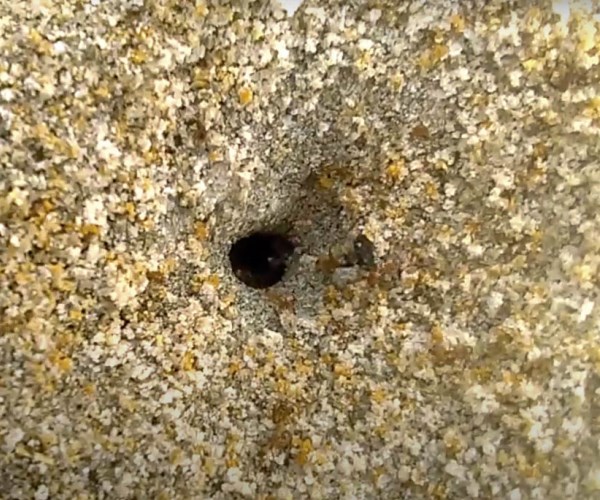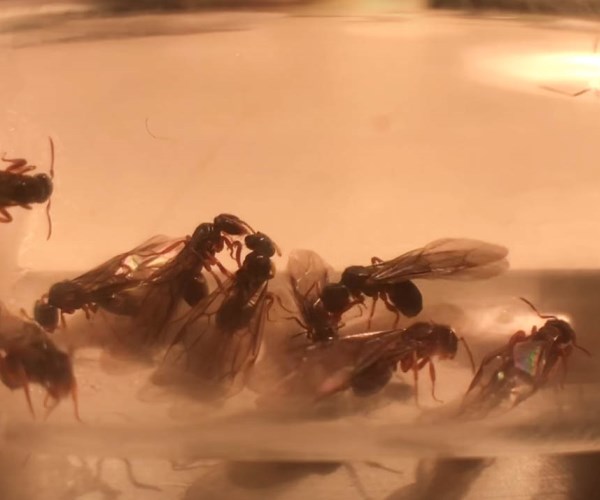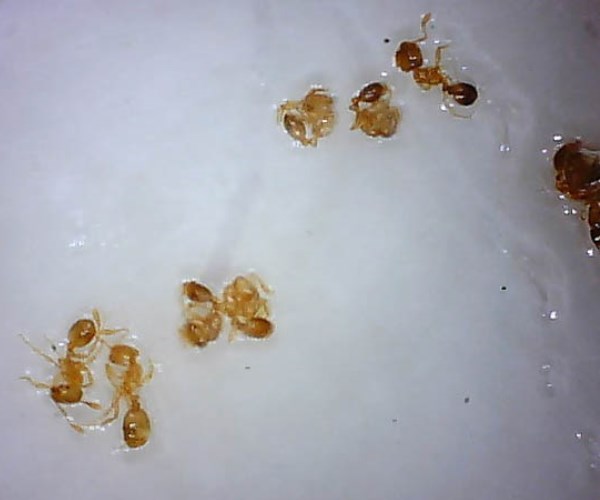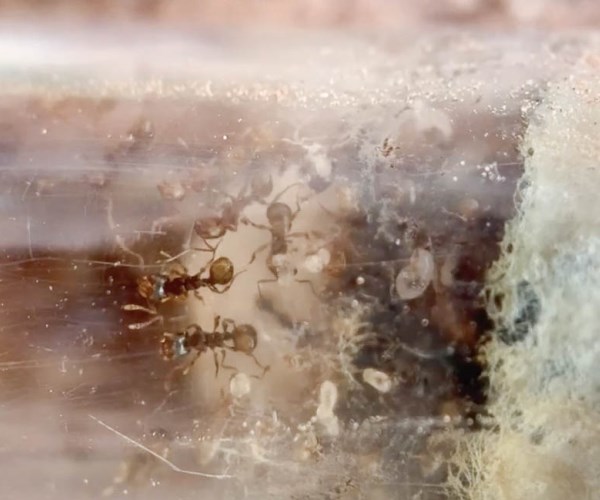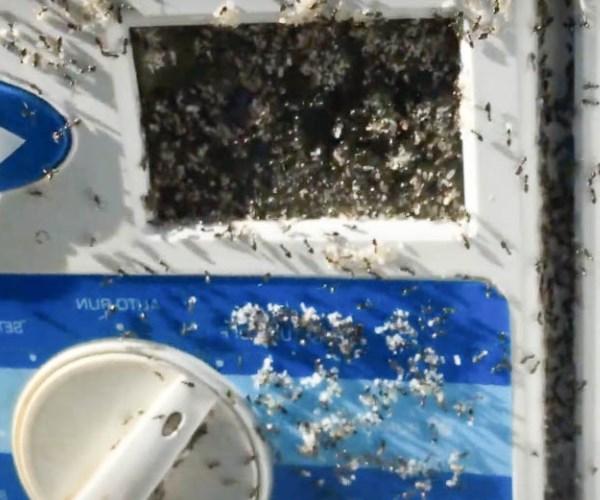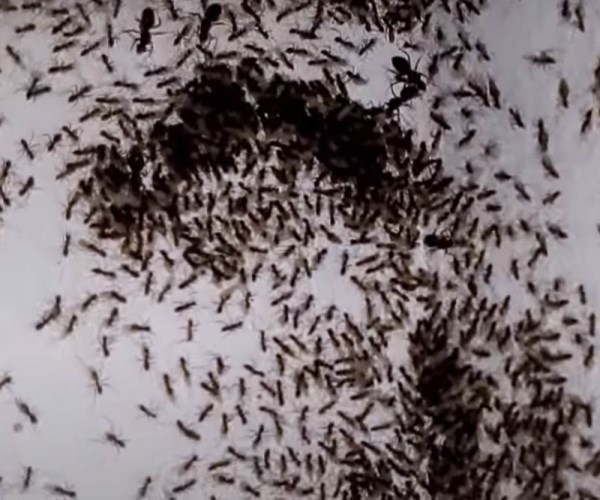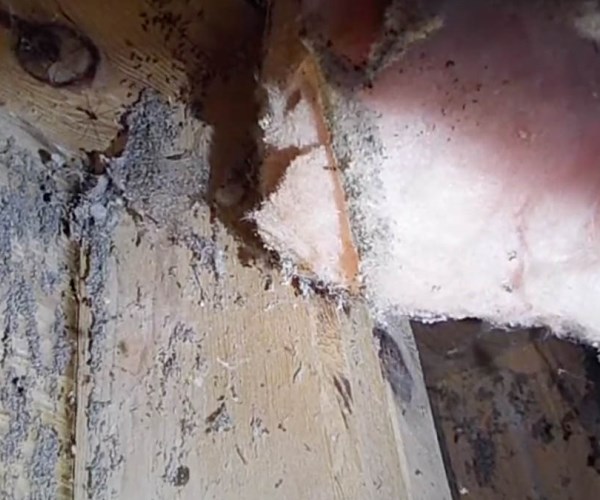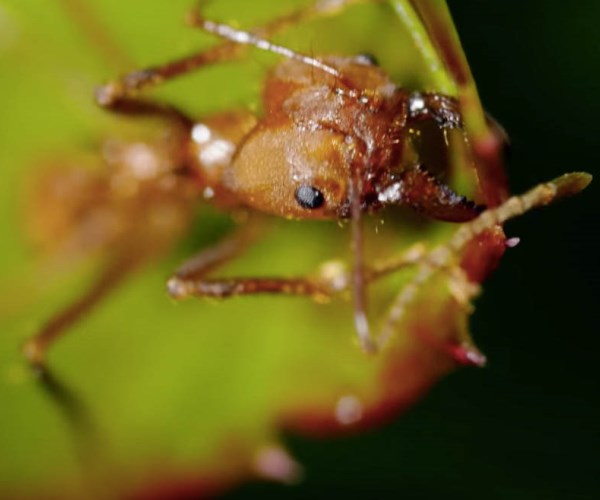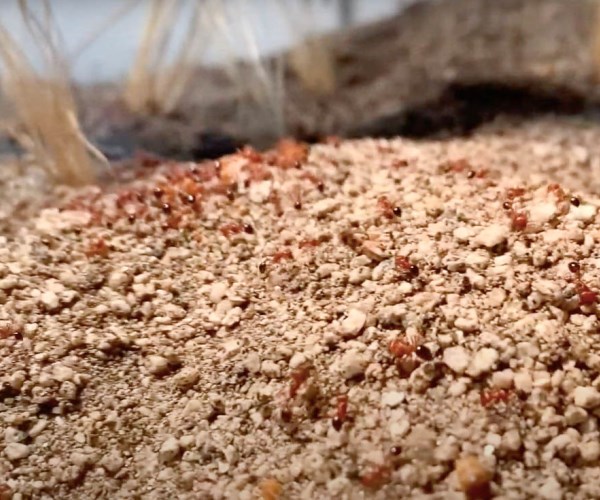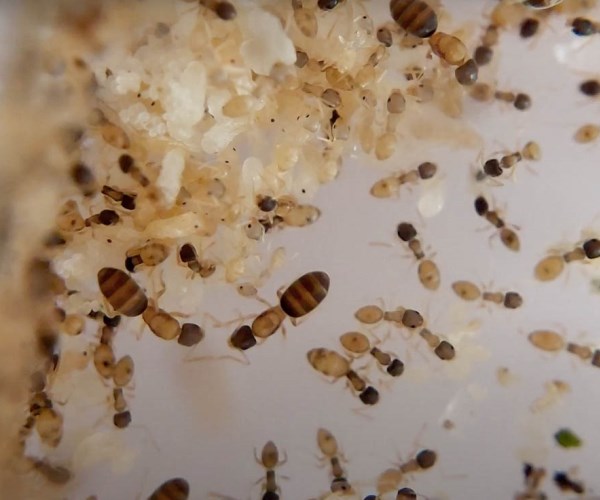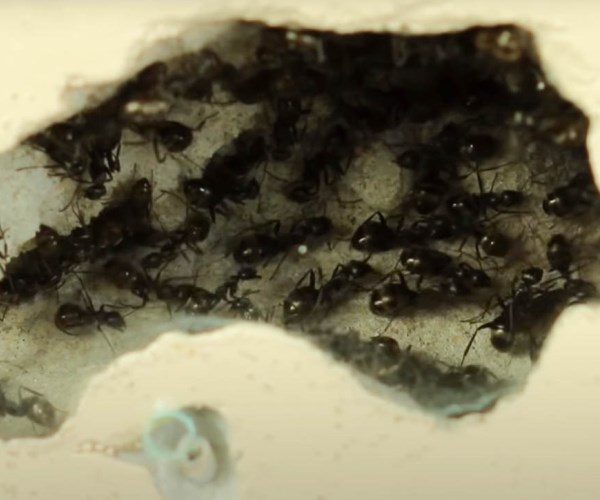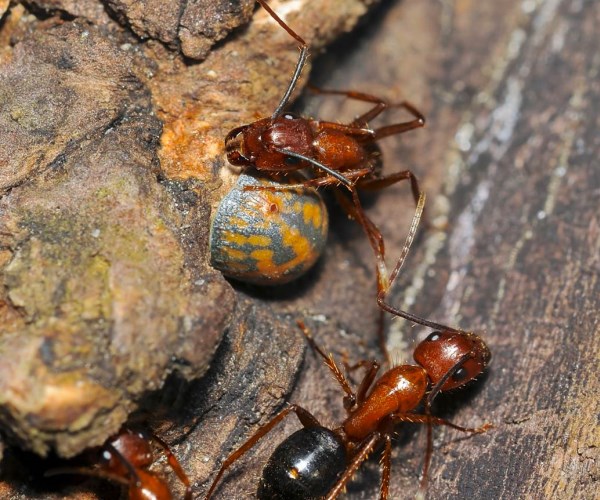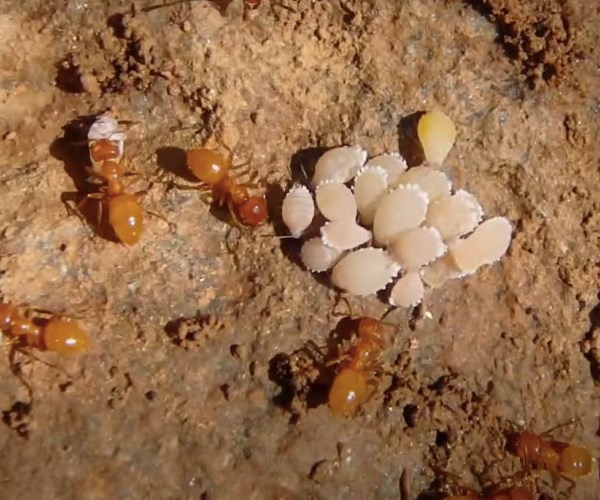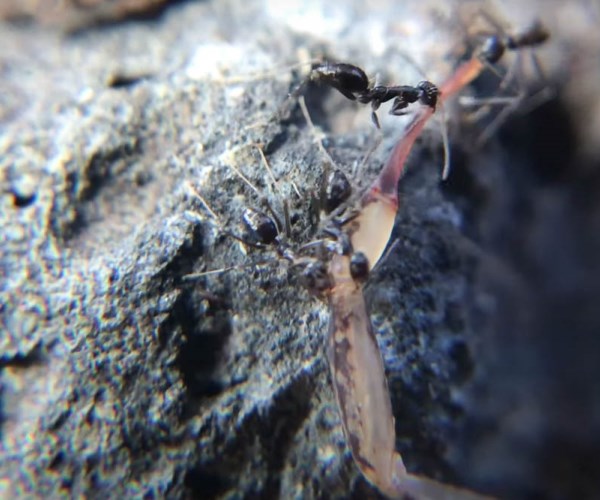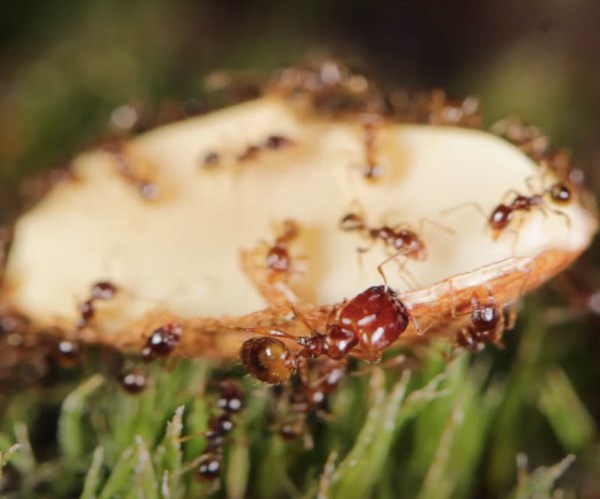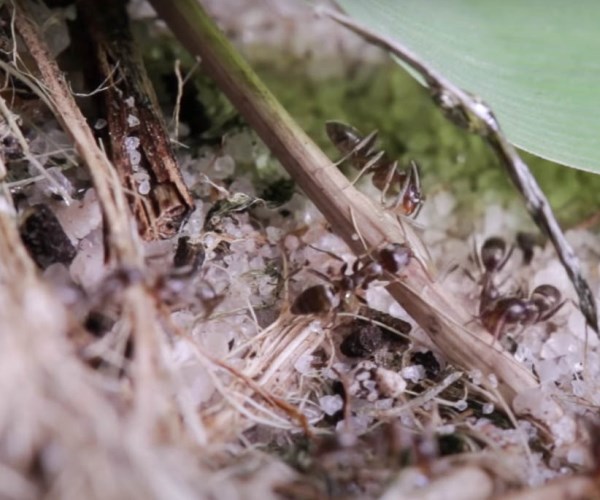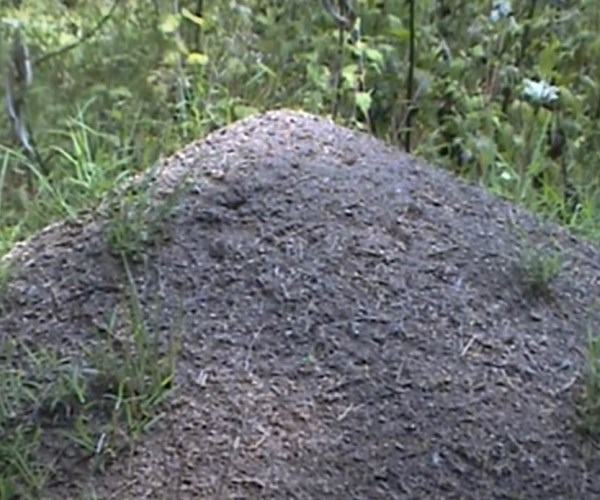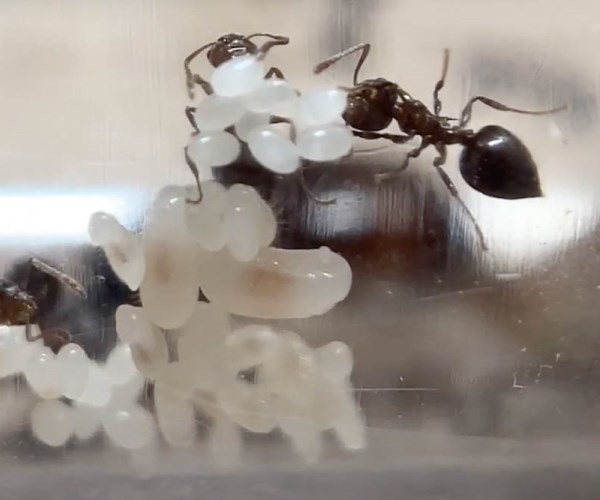About Pyramid Ants
About Pyramid Ants
Pyramid ants are small soil-dwelling insects, natives of North America. They create nests underground and excavate soils that make crater-shaped mounds. They have a pyramid structure on top of their thorax, the source of the name, pyramid ant. Although they are not common household pests, they are known to be predators of aggressive ants such as fire ants.
Appearance
Pyramid ants have a brownish to reddish-black head and thorax. The abdomen of the ants is usually darker than the head and thorax. They have antennae, and their lengths range from 1.5 to 3 mm. Pyramid ants have segmented bodies. A distinguishing physical feature of these insects is the pyramid structure at the top of their thorax. Generally, pyramid ants have a slender and twig-like nature.
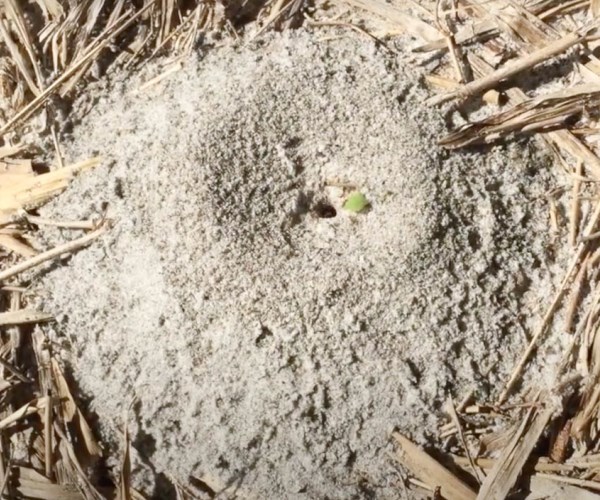
Behavior
Pyramid ants create nests in open areas such as lawns, yards, and gardens. They may also nest in secluded areas, underneath stones and other objects. They build their nests in close association with other ants such as harvester ants. The nests of pyramid ants usually have a single entrance.
They live in small to moderate colonies. The colonies of pyramid ants typically have one queen and many workers. As they create their underground nests, they make cone-shaped mounds. Pyramid ants are known as outdoor dwellers. They live in outdoor colonies and are rarely found indoors. Occasionally, they may enter homes in search of food. Indoor nests are not a thing for these ants.
The diet of pyramid ants is mostly carnivorous. They feed on live and dead insects, including the notorious fire ants. They also like sugary foods. Honeydew is a favorite component of the diet of the ants. They could cater to young aphids to get a constant supply of honeydew.
Pyramid ants are native to North America. They are widely spread across the US and prefer to live in the warmer climates and are better distributed in the southern US states. During summer, the male and female reproducers swarm and mate. The queen then lays eggs that hatch into young adults, members of a new colony. The largest colonies of pyramid ants have a few thousand members.
Damage they cause
Except on the rare occasions when they enter homes in search of sweets, pyramid ants typically stay away from homes and indoor spaces in general. Thus, they are not regarded as a nuisance pest. They are even sometimes regarded as beneficial because they feed on notorious pests like fire ants. Because they feed on fire ants, pyramid ant infestations could mean that there is also an active fire ant infestation. Since pyramid ants will mostly stay away from homes when they are no attractants, prevention and control tips include the proper storage and disposal of food sources. All potential entry points should also be permanently sealed.
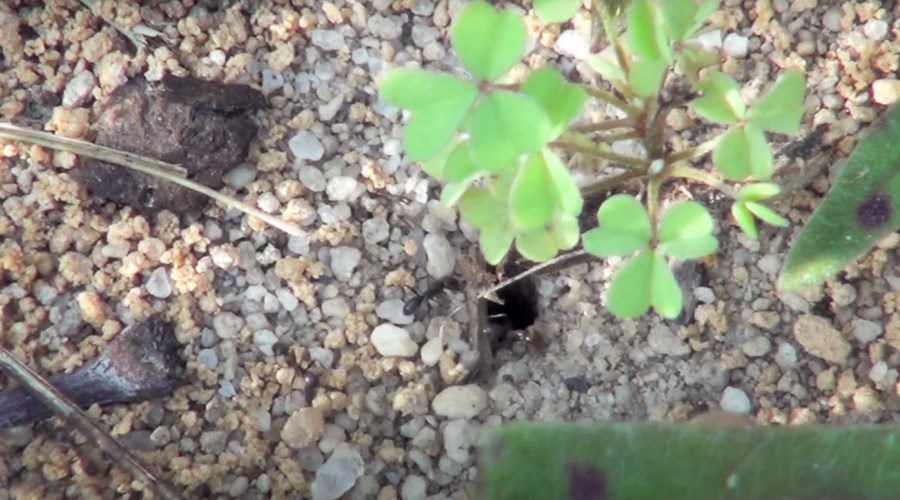
Pyramid ants do not sting. They can bite when they feel threatened or are being disturbed. Even though they feed on very aggressive fire ants, pyramid ants are generally docile and will only bite when they have no other option.
Although they are not common household pests, pyramid ants raise a public health concern because of the harmful bacteria they carry.
Although it is unlikely, it is noteworthy that pyramid ants can cause a pest problem, especially if they find an established source of food.
The mounds of pyramid ants are unsightly and could destroy the structure of well-manicured lawns.
Signs of infestation
As opposed to other ant species, pyramid ants are not very social. They are hardly seen in groups. Also, they hardly live in large colonies. They may be seen when leaving and entering their cone-like mounds.
The mounds of the ants are another sign of infestation. The mound indicates an active underground infestation. The mounds of pyramid ants are crater or volcano shaped. Pyramid ants mostly inhabit the soils of sunny areas, where their mounds are found.
It is noteworthy that pyramid ants produce an unpleasant, rotten coconut odor when they are crushed.
